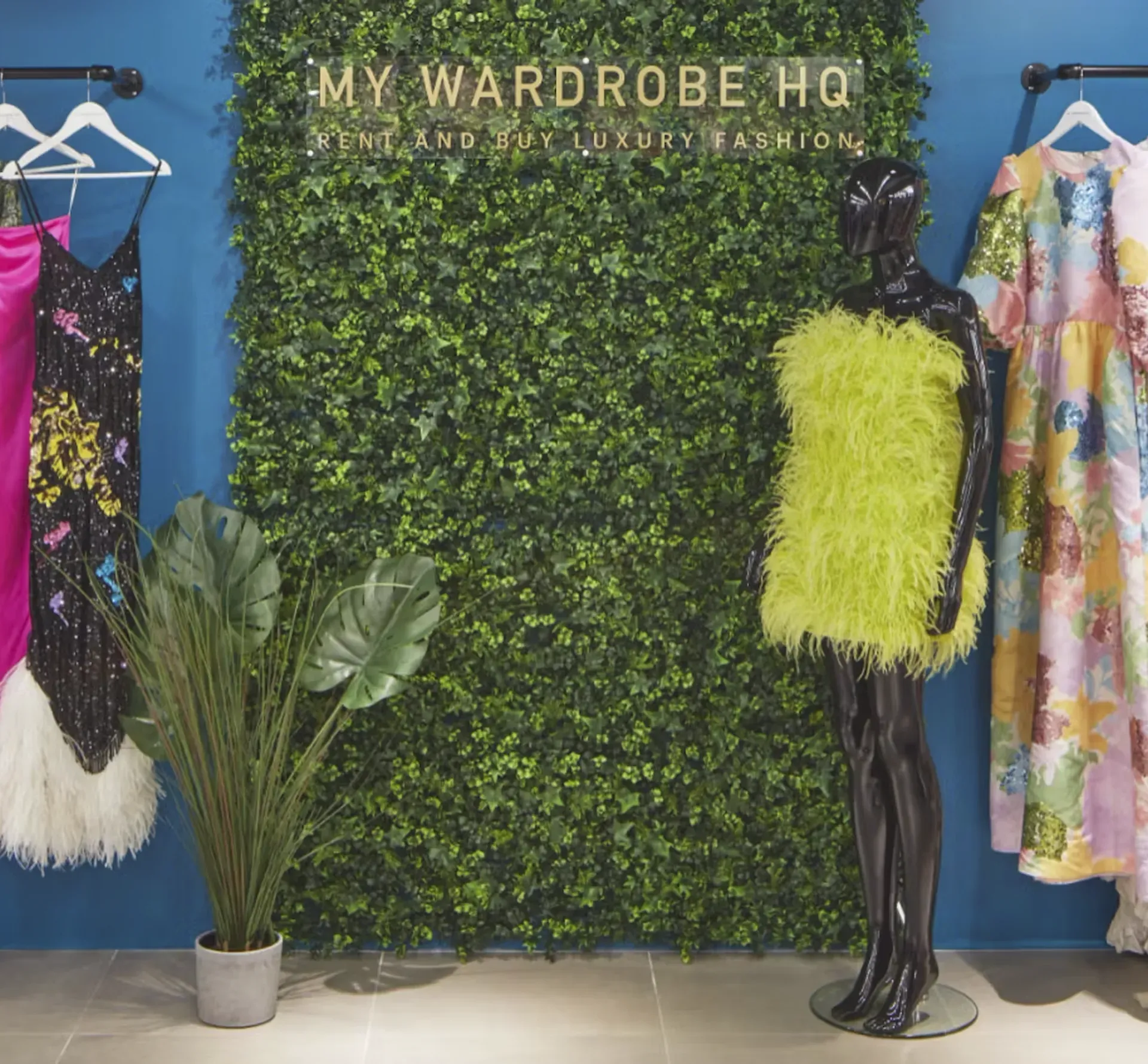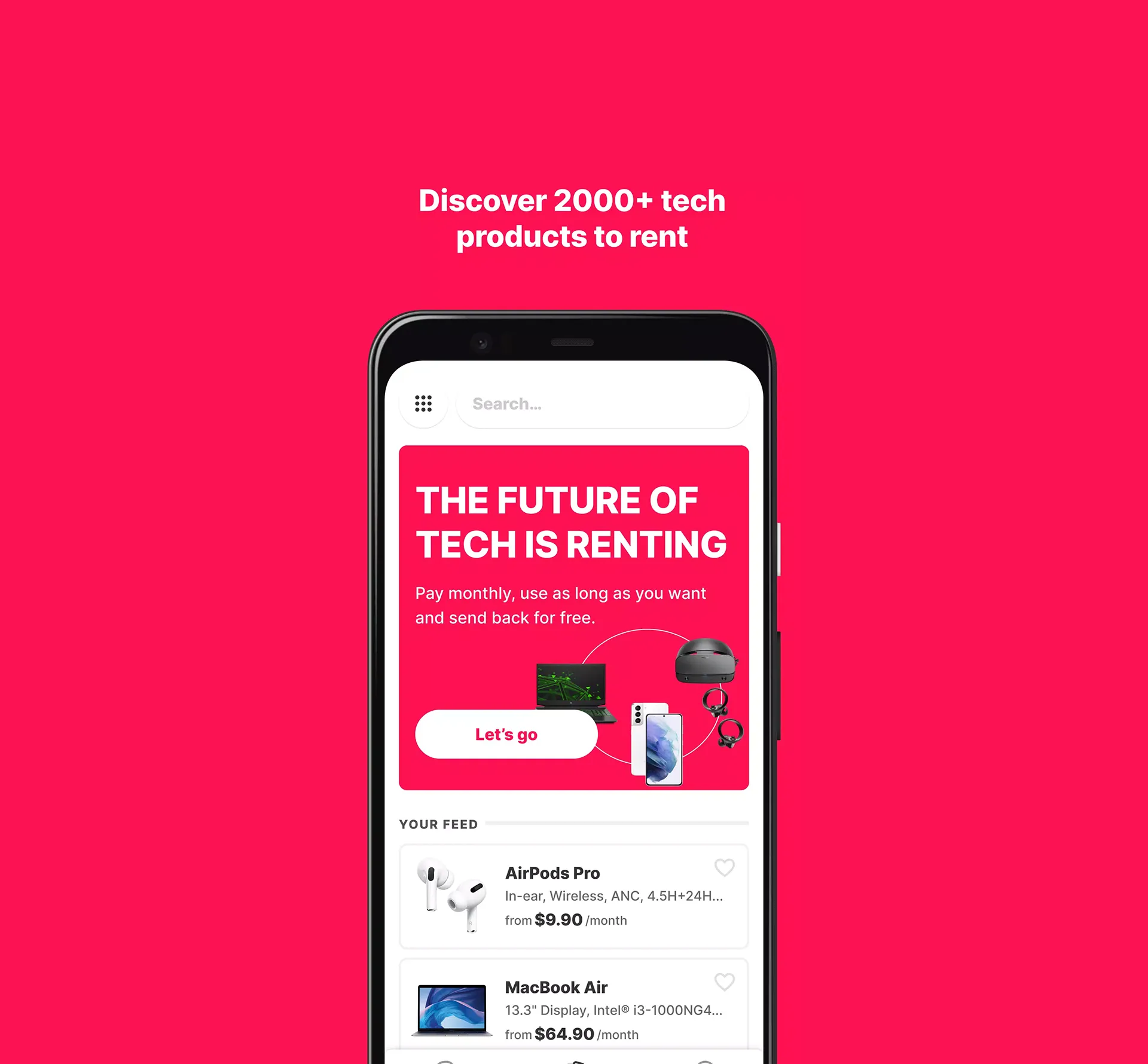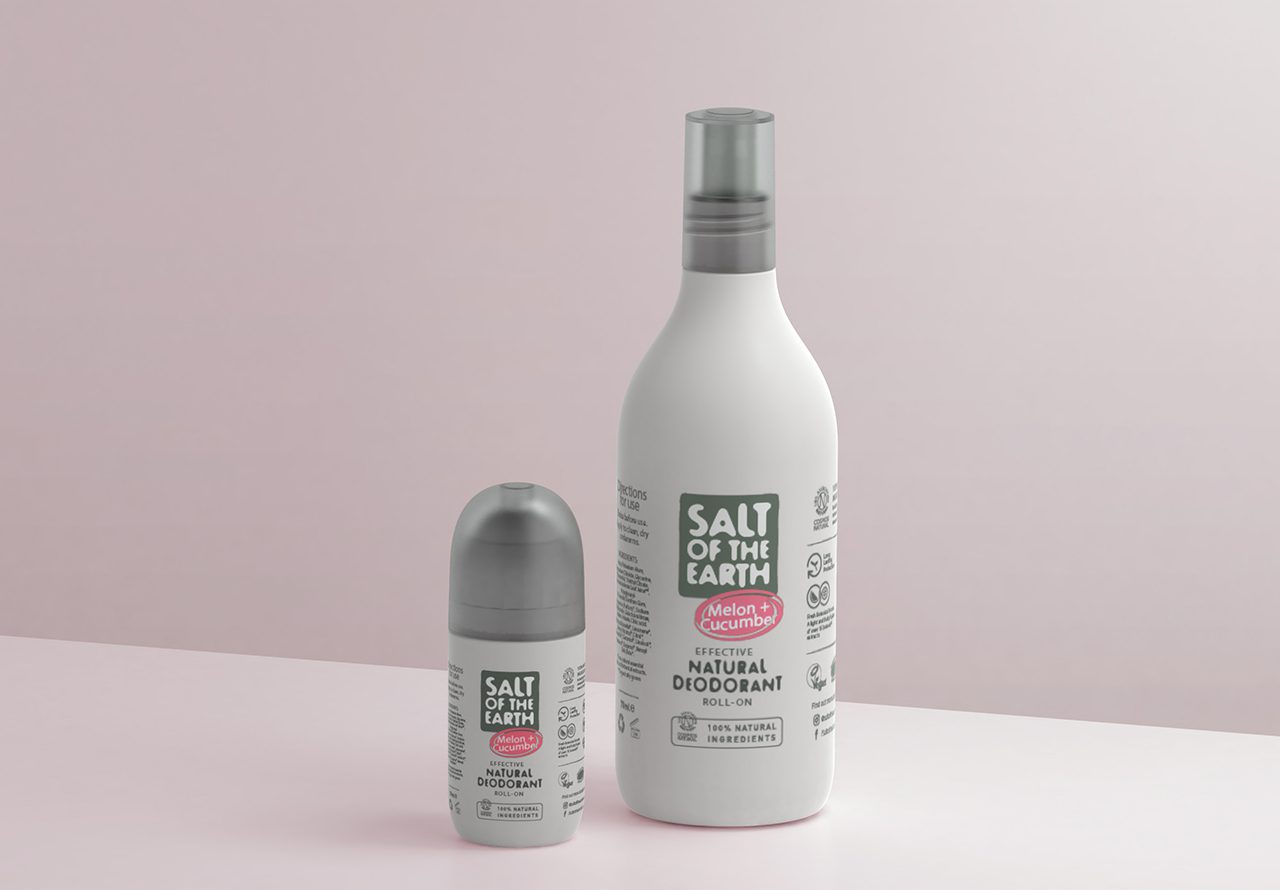Is ownership a thing of the past?
In this issue, we pose the question, ‘Could the Sharing Economy hint at one possible future for sustainable consumerism?’
Using a few well placed foresights and a dose of future-gaze, we showcase the role innovation can play as a catalyst for a positive sustainable future.
(9 minute read)
Short on time? Use these links
Rental 2.0: taking the lead from the sharing economy.
Also known as collaborative consumption or peer-to-peer based sharing, the sharing economy is an established economic model that allows individuals to gain revenue from assets that are no longer required. These assets range from big ticket items such as cars and property to smaller products like tools, toys and clothing.
Not a new concept, and certainly very easy to understand.
But could the sharing economy hold the secret for breaking out of the cycle of excessive consumption? And what value might it hold for brands in the future?
Breaking the cycle of consumption. Hang on a minute…
Traditionally, the more one owned, the more successful one was. But times have changed, and as wealth has become more concentrated, the concept of asset ownership as a marker of success has faded from the collective consciousness of younger generations.
On the contrary, the idea of owning nothing has become the ultimate luxury: ‘own nothing — experience everything’. If it’s not already a Gen-Z motto, I’m sure it could become one. However, whilst this concept certainly holds the potential to slow the problem of peak waste, it’s not exactly the most palatable for consumer brands.
So, are we at peak stuff?
Not exactly. Economists are still convinced that we in the West are still a good way off reaching ‘peak stuff’, and whilst our use of raw materials has quadrupled since 1950 and continues to rise for the majority, we own products in abundance that sit unutilised, taking up precious space in our homes.
In fact, a staggering 1 in 11 Americans currently need to rent off-site storage, due to the amount of “stuff” they own.
Collectively, the world population throws out 2.01 billion tonnes of municipal solid waste (MSW) per year.
So why hasn’t the sharing economy grown?
So why hasn’t the sharing economy grown to bring value to all this dormant stuff? It’s a reasonable question. After all, if the sharing economy opens up participation for a wider reach, allowing consumers access to ‘new’ products without having to buy their own, why haven’t more brands tried to monetise this channel and dominate the space?
Perhaps the sharing economy as a concept doesn’t seem profitable on the surface for most brands. And that’s understandable — consumer brands want repeat transactions, so the idea of a sharing economy in which consumers are discouraged to buy assets seems counterintuitive. But it doesn’t have to be this way, so long as brands open themselves up to new avenues that hold value in this landscape.
Enter ‘Rental 2.0’: in this model, brands can capitalise on the growing consumer demand for curated experiences to offer their products and services on a “try before you buy” basis, or even a “try and try and keep trying” basis in which companies charge a fee for luxury rental experiences. This could even extend into function or task-specific rental services as exemplified by TaskRabbit.
By creating some sort of new value that did not exist before, brands can react to the changing needs of consumers and future-proof their offering while inadvertently driving down production.
Access, share and innovate…
Airbnb was a pioneer of the sharing economy, enabling the use of personal spaces to be rented out, whilst providing extra income for the homeowners and a diverse range of accommodation for experience-seeking travellers.
The high choice, flexibility and personal connection offered through the app is a great example of how the sharing economy is changing people’s perceptions of how owned spaces, products, and knowledge can be exchanged. Building on their success, the brand has expanded its offer to deliver higher value, curated lifestyle experiences as a means of extending the experiential value-model.
Wouldn’t this model be another way for consumer product brands to engage with consumers in the vein of “Try before you buy”? Again, nothing new here — but it would be a revolutionary way for traditional product brands to slow down production whilst driving up margins — especially in luxury product sectors or high-ticket items.
By inviting consumers to “test drive” brands before making a purchase, dormancy of assets is kept to a minimum and an avenue is opened for brands to respond to the reality of fluctuating utilisation. Given the growing demand for highly curated experiences, the iron is hot for brands to strike in this space. Get the design right and surely this could be a highly premium offering?
Access, share, innovate…
The potential of the sharing economy isn’t exclusive to global tech-giants. In fact, it’s very often the agile and targeted efforts of local community start-ups and charities, such as The tool library, that pave the way for such innovations. This brand has effectively built a membership-based hardwear tool sharing economy and led with the very apt slogan: “Access, Share, Innovate.”
This is a prime example of business for everyone; a system that enables anyone to be able to afford maintenance, keeping all machinery in working condition, minimising household ownership, whilst building a local community of skills and knowledge.
The value added for consumers through the sharing economy is extremely tricky to match with the conventional consumerism model, especially when the annual membership costs $55.00 per annum.
Comparing these Rental 2.0 models to the traditional consumerism model clearly shows the potential for additional benefits such as lower ownership, experimentation and flexibility of choice, and is one which could be scaled across numerous product categories.
Brands can innovate to create new value for themselves by taking the burden off the consumer for product maintenance, storage and end-of-product life which are key considerations for today’s market. Plus, they can reflect consumer demands by designing experiences which cater to those who wish to lower their environmental impact through lessening the high need for product churn.
Addressing the market…
With the growing trend of Millennials prioritising experiences over products, combined with the majority living in flatshares, it’s clear that the lifestyles of this demographic are typically more in tune with the concept of no ownership and sharing of possessions.
Baby Boomers, on the other hand, tend to have higher concerns over liability for damage of goods through the sharing economy, alongside a more traditional view of investing in physical products as status. Interestingly, their uptake in the sharing economy can be seen during retirement as it offers a means of boosting their income and keeping busy.
Naturally, Gen-Z’s opinions are growing in authority and impact, with “70% of parents asking Gen Z for advice”. Designing the sharing economy to use the influence of Gen-Z to help Boomers overcome their concerns around the sharing economy could be pivotal for wide scale adoption of the sharing economy.
So, will Rental 2.0 disrupt conventional ownership?
The idea of ‘Rental 2.0’ is certainly proving itself as an enabler for the circular economy as seen within Decathlon’s rental model, enabled through a third party — Lizee. Decathlon increased its margins by 2.4x after one season and gained a whole new cohort of customers in the form of younger demographic groups. What’s more, the business collected 2 years’ worth of product quality performance data in the space of two months. Through this data, the design team were well-equipped to implement better decisions over future collections and reap a larger ROI.
The KPI on the Lizee website shows that companies can reach circular economy models within 8 weeks, with an average of 12 rotations of each rented product resulting in -50% Co2 reduction on average per product.
Three takeaways driving sharing economy-growth
1. Trust
Building systems that enable consumer protection is key to taking away worry and creating stronger trust.
2. Overcome the lack of consumer loyalty.
Depending on the business model put in place, the ease of swapping from one brand to another has never been so high. Create a compelling service and experience benefits to win over and retain your customers.
3. Understand the end story for sustainability.
The re-uses of products by more than one person should enable products to start to cause a lesser environmental impact. However, key considerations to the end-of-product-life need to be designed for within the business model — whether that is selling off to the highest bidder, selling D2C, or recapturing material value through a CE model, ensuring no waste is created.
Not only does Rental 2.0 provide a new way to interact with products with lower barriers to entry, but it encourages better behaviour on mass. While brands can benefit from repeat transaction revenue and deliver highly experiential opportunities, consumers inadvertently develop sustainable habits and become more accustomed to the concept of sharing over owning


















